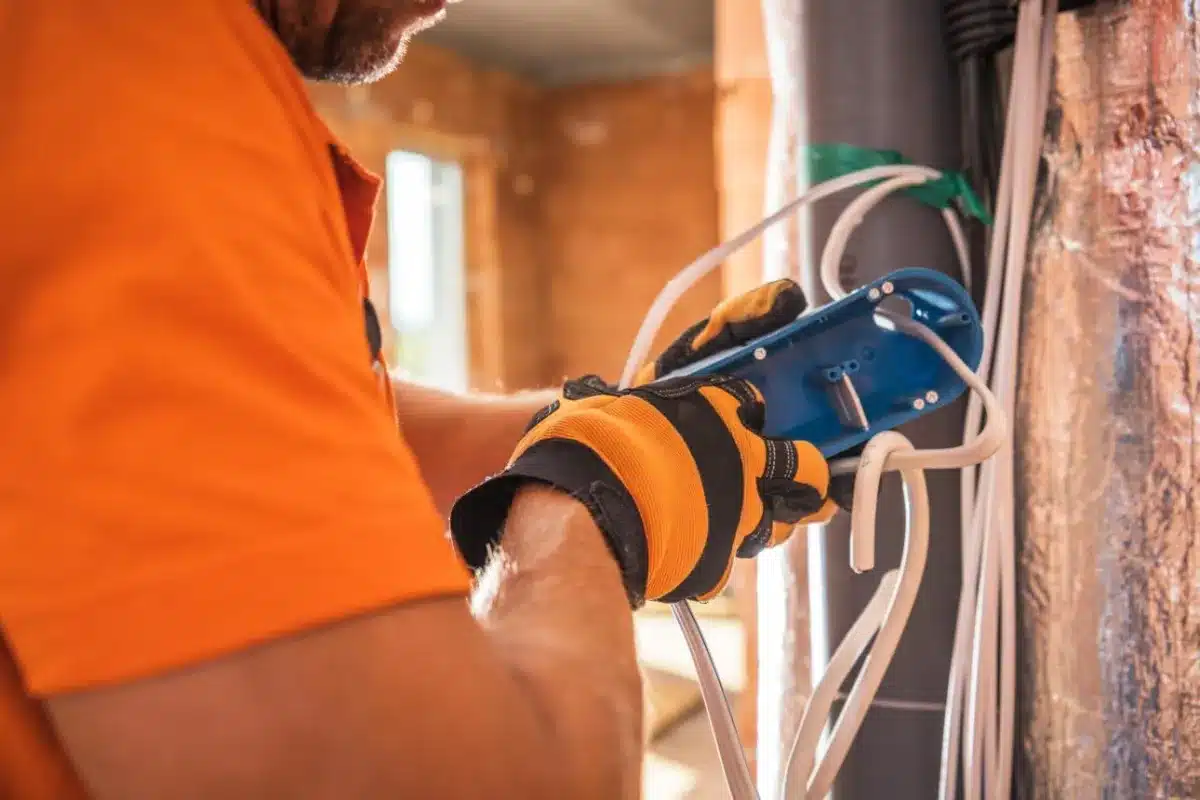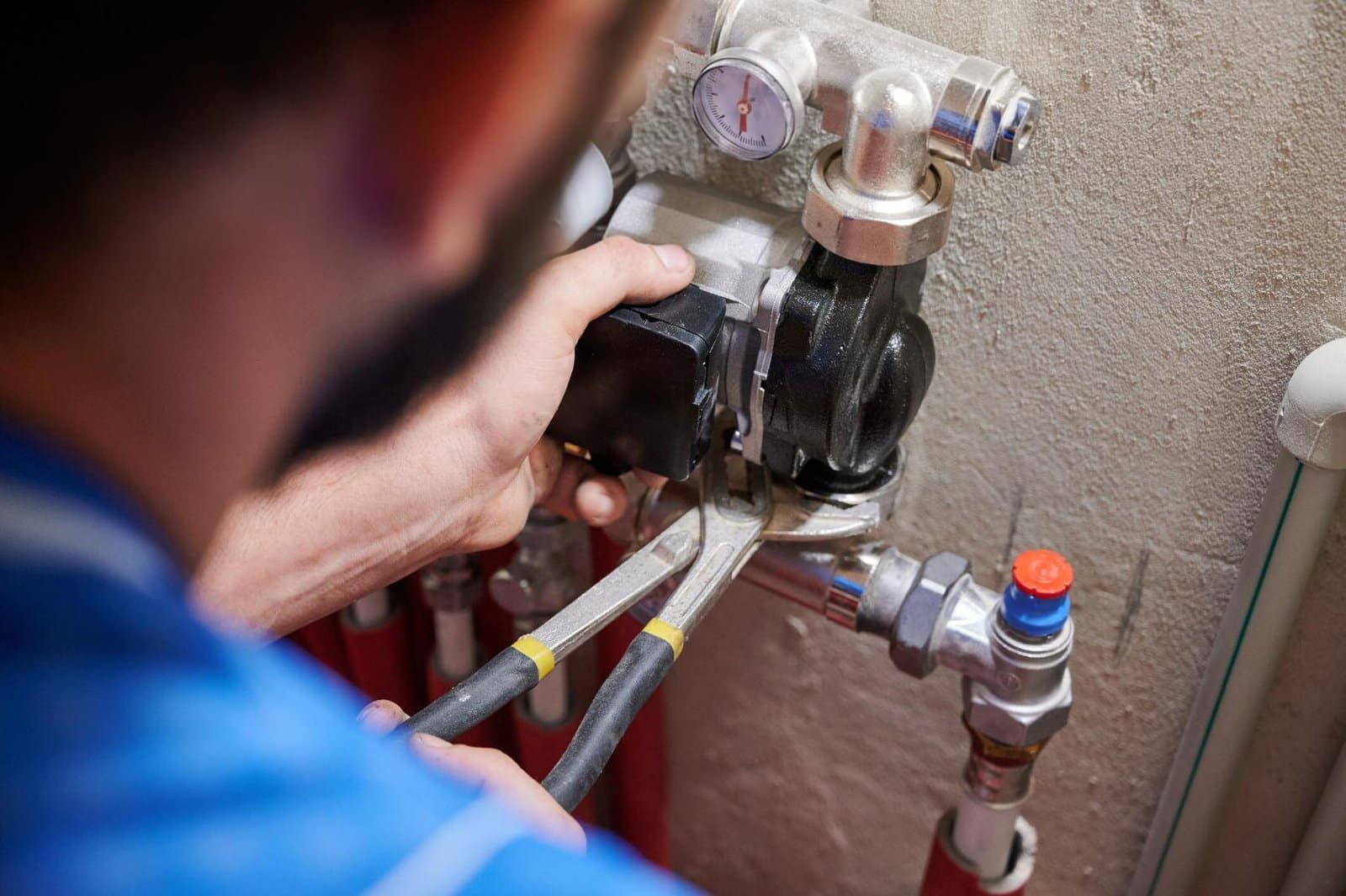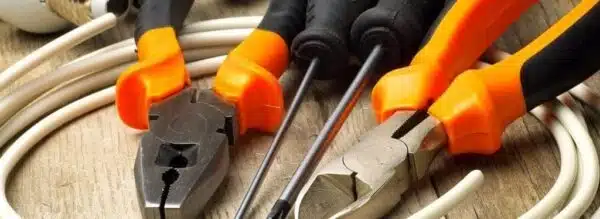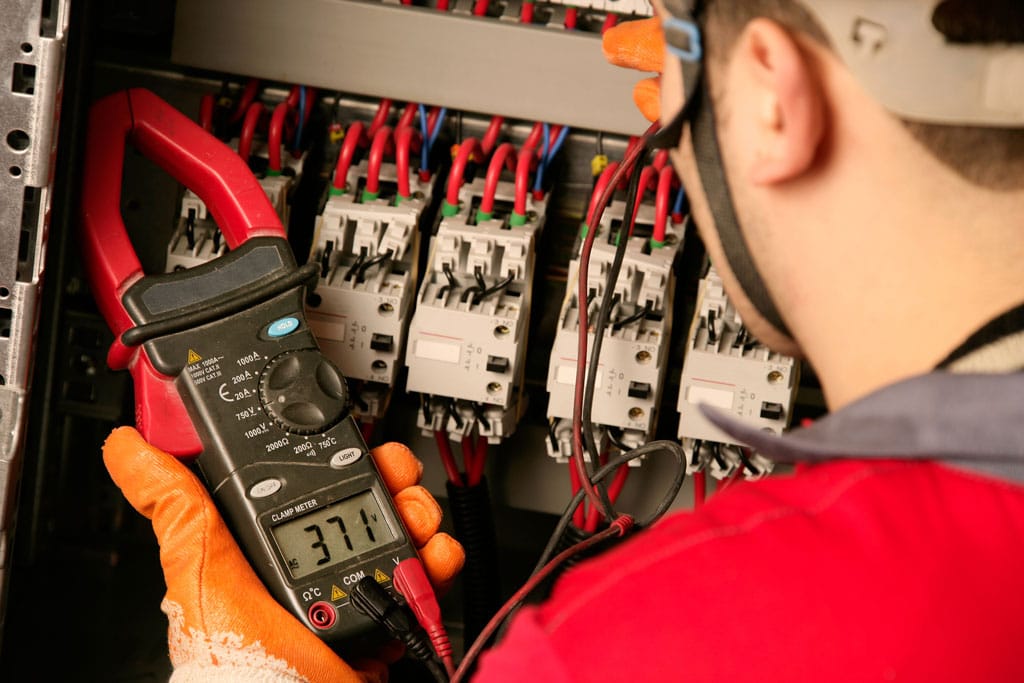Have you ever wondered if low-flow showerheads are truly worth the switch? As water conservation becomes increasingly important, many homeowners are considering these eco-friendly options. But do they offer significant benefits without compromising on the shower experience? In this comprehensive guide, we’ll delve into the pros and cons of low-flow showerheads, explore their impact on your daily routine, and help you decide if making the switch is the right choice for you.

What Are Low-Flow Showerheads?
Low-flow showerheads are designed to reduce the amount of water used during a shower. Unlike traditional shower heads, which can use up to 2.5 gallons per minute (GPM), these typically use 2.0 GPM or less.
Some models even go as low as 1.5 GPM. This decrease in water flow can result in significant water savings over time. By using less water per minute, they help conserve water without compromising the quality of the shower experience. The implementation of various water-saving technologies ensures that users can still enjoy a refreshing and powerful shower.
Types of Low-Flow Showerheads
There are several types available, each designed to maximize water efficiency while providing a satisfying shower experience:
- Standard Models: These are the most common and are available in various styles and designs. They are easy to install and fit most standard shower fixtures.
- Handheld Models: These offer the flexibility of a detachable hose, making them convenient for rinsing, cleaning, and bathing children or pets.
- Rainfall Models: Designed to mimic the feel of natural rainfall, these provide a luxurious shower experience while still conserving water.
How Do Low-Flow Showerheads Work?
Low-flow showerheads achieve water savings through a combination of advanced engineering and innovative design. Here’s a closer look at how they operate:
Aerating Shower Heads: Aerating shower heads mix water with air to create a misty spray. This process not only reduces water usage but also maintains a strong, refreshing flow.
The inclusion of air makes the water feel more voluminous than it is, giving you a satisfying shower experience without wasting water. These showerheads are particularly effective in creating a soft and gentle shower that feels full-bodied.
Laminar-Flow Showerheads: Laminar-flow showerheads use individual streams of water to create a soothing, steady flow. These showerheads are often preferred for their ability to provide a consistent water temperature and pressure, enhancing your shower experience while still conserving water.
The smooth, non-turbulent flow minimizes the loss of heat, making these showerheads ideal for those who prioritize water temperature consistency.
Flow Restrictors: Flow restrictors are mechanisms that control the amount of water flowing through the showerhead. These can be built into the showerhead or added as an aftermarket accessory.
By reducing the water flow, they help conserve water while maintaining adequate pressure. Some models allow for adjustable settings, giving users the flexibility to choose their preferred flow rate.Benefits of Low-Flow Showerheads
Switching to low-flow showerheads offers numerous advantages that go beyond just water conservation. Here are some key benefits:
Water Conservation
One of the most compelling reasons to switch is their ability to conserve water. In regions like Texas, where water scarcity can be a concern, reducing water usage is crucial. By installing these showerheads in your home, you can significantly cut down on your water consumption, contributing to broader water conservation efforts. This can be particularly beneficial during times of drought or water restrictions.
Cost Savings
Using less water translates to lower utility bills. Over time, the cost savings from reduced water usage can offset the initial investment. Additionally, conserving hot water means you’ll spend less on energy bills, as your water heater won’t have to work as hard. This dual saving on water and energy bills can make a noticeable difference in your household budget.
Environmental Impact
Reducing water usage also has a positive impact on the environment. Lower demand for water can alleviate stress on local water supplies and ecosystems. By making a small change in your household, you’re contributing to larger environmental preservation efforts. This is particularly important in areas like Texas, where water resources can be strained.
Enhanced Shower Experience
Modern low-flow showerheads are designed to provide a satisfying shower experience despite the reduced water flow. Advances in technology ensure that you can still enjoy a powerful and invigorating shower while conserving water. Many users find that they do not notice a difference in the quality of their showers, even with the lower water usage.
Increased Property Value
Eco-friendly home upgrades, like installing low-flow showerheads, can enhance your property’s value. Potential buyers often appreciate homes with energy-efficient and environmentally conscious features. By incorporating these showerheads, you can make your home more attractive to eco-minded buyers and potentially increase its market value.
Health Benefits
Using low-flow showerheads can also contribute to better skin and hair health. Traditional shower heads with high water pressure can strip away natural oils from your skin and hair, leading to dryness. These showerheads, with their gentler spray, help maintain these natural oils, leaving your skin and hair healthier and more hydrated.
Potential Drawbacks of Low-Flow Showerheads
While there are many benefits to using low-flow showerheads, it’s important to consider potential drawbacks as well:
Initial Cost
High-quality models can be more expensive than traditional shower heads. However, the long-term savings on water and energy bills can make up for the initial investment. It’s important to view the purchase as a long-term investment in your home’s efficiency and sustainability. While the upfront cost may be higher, the cumulative savings on utility bills can make the investment worthwhile over time.
Water Pressure
Some users may notice a difference in water pressure when switching to these showerheads. While modern designs aim to minimize this issue, it’s possible that the reduced flow could impact your shower experience, particularly if you’re used to high-pressure showers.
For those who enjoy strong, forceful showers, the transition might require some adjustment. However, many models are designed to optimize water pressure, providing a satisfying shower experience despite the lower flow rate.
Temperature Fluctuations
In some cases, these showerheads can lead to temperature fluctuations, especially if other water fixtures in your home are used simultaneously. Ensuring your showerhead is properly installed and choosing a model that maintains consistent temperature can help mitigate this issue.
Additionally, if your home has older plumbing, you might experience more noticeable fluctuations. Investing in a showerhead with good temperature regulation features can help maintain a steady and comfortable shower temperature.
Choosing the Right Low-Flow Showerhead
Selecting the right low-flow showerhead for your home involves considering several factors, including water flow rate, design, and additional features. Here’s a guide to assist you in making an informed decision:
Flow Rate
Determine the desired flow rate that balances water conservation with your shower experience. If you’re concerned about maintaining strong water pressure, opt for a model with a flow rate closer to 2.0 GPM.
This flow rate provides a good compromise between water savings and a robust shower experience. For those particularly committed to water conservation, models with a flow rate as low as 1.5 GPM can offer significant savings.
Spray Pattern
Consider the type of spray pattern you prefer. Aerating showerheads create a misty spray, while laminar-flow showerheads offer a steady stream.
Some models offer adjustable spray settings, allowing you to customize your shower experience. The spray pattern can significantly impact the feel of your shower, so it’s worth trying out different types to see which you prefer.
Features
Look for additional features such as temperature control, pause settings, and easy-clean nozzles. These features can enhance the functionality and convenience of your low-flow showerhead.
Temperature control features help maintain a consistent water temperature, while pause settings allow you to stop the flow temporarily without adjusting the temperature settings. Easy-clean nozzles prevent mineral buildup, ensuring the showerhead maintains optimal performance over time.
Brand and Reviews
Research different brands and read customer reviews to ensure you’re choosing a reliable and high-quality product. Reputable brands often provide warranties and better customer support.
Reading reviews can give you insight into the performance, durability, and user satisfaction of various models. Brands known for their innovation and quality, such as Delta, Moen, and Kohler, are often good choices.
By carefully considering these factors, you can select a low-flow showerhead that meets your needs and preferences, ensuring a satisfying and efficient shower experience.
Whether you prioritize water conservation, strong water pressure, or additional features, there’s a low-flow showerhead out there that’s perfect for your home.
Installing Low-Flow Showerheads: A Step-by-Step Guide
Installing a low-flow showerhead is a straightforward process that most homeowners can handle themselves. Here’s a step-by-step guide to help you get started:
Tools and Materials Needed
- Adjustable wrench or pliers
- Teflon tape (plumber’s tape)
- New low-flow showerhead
Step 1: Remove the Old Shower Head
- Use an adjustable wrench or pliers to loosen the old shower head.
- Rotate it counterclockwise to detach it from the shower arm.
- Clean the threads of the shower arm to eliminate any old Teflon tape or debris.
Step 2: Apply Teflon Tape
- Wrap Teflon tape around the threads of the shower arm to ensure a watertight seal.
- Ensure the tape is applied evenly and smoothly.
Step 3: Install the New Showerhead
- Screw the new low-flow showerhead onto the shower arm by hand.
- Tighten it with an adjustable wrench or pliers but avoid over-tightening to prevent damage.
Step 4: Test for Leaks
- Turn on the water to check for leaks around the showerhead.
- If you observe any leaks, carefully tighten the showerhead a little more.
When to Call Professionals
While installing a low-flow showerhead is usually a simple DIY task, there are instances where calling a professional might be the best option:
- Persistent Leaks: If you encounter persistent leaks that you cannot fix by tightening the showerhead or reapplying Teflon tape, it might be time to call a plumber to ensure there are no underlying issues with the shower arm or plumbing.
- Old or Damaged Plumbing: If your home has older or damaged plumbing, a professional can assess and address any potential issues that might interfere with the installation of a new shower head.
- Low Water Pressure: If you already experience low water pressure in your home, a professional can help identify the cause and recommend solutions that ensure your low-flow showerhead performs optimally.
- Custom Installations: For custom shower setups or if you want to install additional water-saving fixtures, a professional plumber can provide the expertise needed for more complex installations.
At Tioga Plumbing & Electric, our experienced team can assist you with installing low-flow showerheads and address any plumbing concerns you might have. Ensuring your home’s plumbing system is in top shape will help you maximize the benefits of your new low-flow showerhead. Contact us today to schedule an appointment!
Maintenance Tips for Low-Flow Showerheads
To ensure your low-flow showerhead continues to perform optimally, regular maintenance is essential. Here are some tips to maintain your showerhead in optimal condition:
Clean Regularly
Mineral deposits can build up over time, reducing water flow. Clean your showerhead periodically by soaking it in a vinegar solution to dissolve these deposits. Regular cleaning prevents clogs and ensures a steady water flow.
Check for Leaks
Inspect your showerhead and connections regularly for leaks. Secure any loose connections and replace any worn-out parts as necessary. Addressing leaks promptly helps maintain water pressure and efficiency.
Replace When Necessary
Over time, even high-quality shower heads can wear out. If you notice a significant decrease in performance, it might be time to replace your low-flow showerhead. Regular inspection helps you identify when a replacement is needed to maintain optimal performance.
Comparing Low-Flow Showerheads to Traditional Shower Heads
Understanding the differences between low-flow showerheads and traditional showerheads can help you make an informed decision. Here’s a comparison of key factors:
Water Usage
Traditional showerheads can use up to 2.5 GPM or more, while low-flow models typically use 2.0 GPM or less. This considerable decrease in water usage can result in substantial savings over time. Lower water usage also means reduced environmental impact and conservation of resources.
Shower Experience
Modern low-flow models are designed to provide a comparable shower experience to traditional models. Advances in technology have minimized the impact on water pressure and spray quality. Many users find the difference in experience negligible, thanks to innovative design features.
Environmental Impact
Low-flow models are more environmentally friendly due to their reduced water usage. This makes them a better choice for homeowners looking to reduce their environmental footprint. By conserving water, these showerheads help preserve local water supplies and protect ecosystems.
Cost
While low-flow models can be more expensive initially, the long-term savings on water and energy bills can make them a cost-effective choice. Over time, the reduction in utility bills can offset the initial higher cost, making them a smart financial investment.
Conclusion
Low-flow showerheads offer a compelling solution for homeowners looking to conserve water, save money, and reduce their environmental impact. While there are some potential drawbacks, the benefits of making the switch are substantial.
Whether you’re motivated by cost savings, environmental concerns, or both, these models are worth considering. For residents in Texas, including Irving, TX, and surrounding cities, switching to low-flow showerheads can contribute to broader water conservation efforts and help secure a sustainable future.
Frequently Asked Questions
Do Low-Flow Showerheads Really Save Water?
Yes, low-flow showerheads significantly reduce water usage compared to traditional models. By using less water per minute, they help conserve water and lower utility bills. This conservation is particularly beneficial in areas experiencing water shortages or drought conditions.
Will a Low-Flow Showerhead Affect My Shower Experience?
Modern models are designed to provide a satisfying shower experience despite the reduced water flow. Advances in technology ensure that you can still enjoy a powerful and refreshing shower. Many users find that they don’t notice a significant difference in water pressure or comfort.
Are Low-Flow Showerheads Easy to Install?
Yes, installing a low-flow showerhead is typically a simple process that can be done without professional assistance. Most models include clear instructions and need only a few tools. The installation process usually takes just a few minutes, making it a convenient home improvement.
How Much Can I Save by Switching to a Low-Flow Showerhead?
The amount you save depends on your water usage and local utility rates. However, many homeowners report noticeable savings on their water and energy bills after switching to these models. These savings can quickly add up, making the initial investment worthwhile.
Are There Any Downsides to Using Low-Flow Showerheads?
Some users may notice a difference in water pressure, and high-quality models can be more expensive initially. However, the long-term benefits often outweigh these potential drawbacks. The environmental and financial savings, along with modern design improvements, make them a popular choice for many homeowners.
Does a Low-Flow Showerhead Require Special Maintenance?
These showerheads do not require special maintenance, but regular cleaning is essential to prevent mineral buildup and ensure optimal performance. Soaking the showerhead in a vinegar solution periodically can help maintain its efficiency and longevity. Regular maintenance helps preserve water flow and extends the lifespan of your showerhead.
Taking a bite out of Your Plumbing & Electrical needs
Other Electrical & Plumbing Services

Taking a bite out ofYour Plumbing & Electrical needs
We make fixing your home easier than ever. Whether it’s a leaky pipe, faulty wiring, or an urgent repair, our experts deliver fast, reliable solutions you can count on.


















